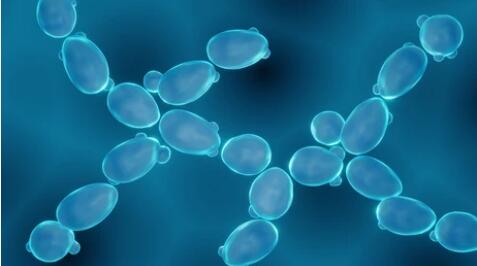
Screening for highly specific antibodies is often required in disease treatment, diagnostic reagents, and protein structure research. Suppose homologous proteins of the same family are relatively homologous to each other. In that case, it can pose a great challenge for antibody development, and the type of preparation technology and screening method used is crucial. Yeast surface display is a eukaryotic protein expression system, a class of high-throughput screening methods for screening protein mutant libraries and is widely used in studies such as antibody expression, in vitro maturation, and screening with high efficiency and sensitivity.
Compared with the traditional phage display technology, the yeast surface display system is a new method that combines random mutagenesis and combinatorial libraries to screen peptides and proteins with specific properties. It can avoid the non-specific binding of phage itself to target proteins and is an important complement to the phage surface display system.
In the process of obtaining nanobodies using the yeast display system, Lifeasible displays the nanobodies on the yeast surface. After sorting positive clones by FACS, diverse antibody sequences can be obtained by sequencing. Our service provides an excellent mimicry of the structure of all nanobodies on the cell membrane surface, correctly reflecting the binding of nanobodies to antigens with very little non-specific binding common to phage display libraries. In addition, the yeast display library technique is also more cost-effective when performing multiple nanobody screens.

Yeast surface display technology is a versatile set of techniques applied in antibody discovery, target discovery, and protein engineering. In antibody engineering, Lifeasible takes advantage of the properties of the yeast eukaryotic expression system to express antibody library proteins on the surface of yeast cells, which are screened using magnetic beads and flow cell sorting techniques to obtain high-affinity or high-stability antibody sequences. Please contact our staff for more information.